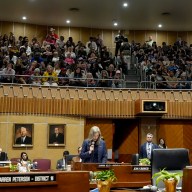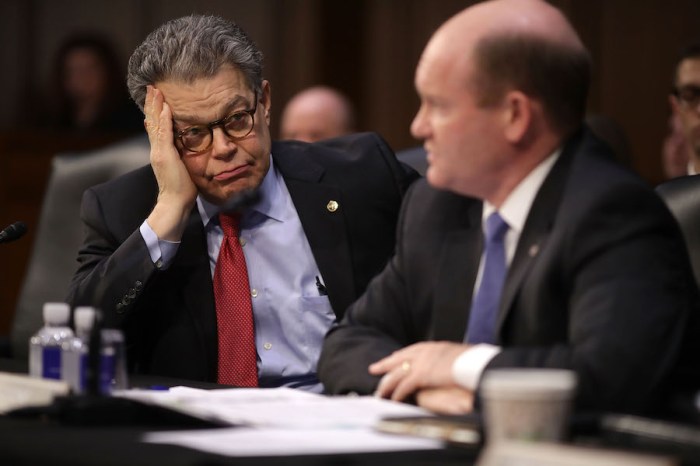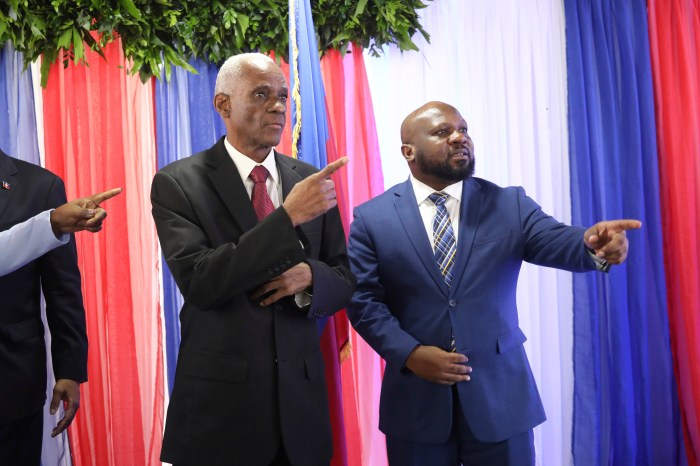The City University of New York’s reputation for providing low-cost, quality education has long made it a bastion for working-class, low-income and immigrant students.
But when the largest urban public university system in the county and its faculty reach a salary negotiation stalemate, how might the education of its students, particularly those from disadvantaged backgrounds, be affected?
What’s next for CUNY?

Getty Images
The answer hangs in the balance after contract negotiations between CUNY and the Professional Staff Congress, a union representing more than 25,000 CUNY faculty and staff members, came to a halt last Wednesday. The sides had been working toward a contract for five years. After the PSC rejected CUNY’s contract proposal, university management declared an impasse.
The PSCsaid in a statementthat the proposal CUNY management made “fails to provide the investment needed to protect high-quality education at CUNY.” The proposed 6 percent salary increase over six years was considered a “salary cut” because it does not keep pace with inflation. CUNY faculty’s last raise was in October 2009; their contract expired in 2010.
“The main issue is that the university’s failure to resolve a contract has already hurt students,” says PSC president Barbara Bowen. “The fact we haven’t had a raise in six years has made it difficult for faculty and staff to stay at CUNY. Nobody goes into academia to get rich, but salaries lag behind comparable places so dramatically.”
And for CUNY students, says Chika Onyejiukwa, a Hunter College junior and the vice chair for legislative affairs in CUNY’s student senate, faculty accessibility and retention are particularly important.
“For many of them, they look to faculty for that guidance, even if it’s just casual conversations about earning their degree,” says Onyejiukwa.
Currently, 42 percent of CUNY’s student body is among the first generation in their families to attend college, and 54 percent come from families with an income of less than $30,000.
Contract negotiations have also raised concerns among students about another crucial financial concern: their tuition. Under the SUNY 20/20 schedule, tuition has already increased $300 per year for the last 5 years.
“Students are paying more and we’re receiving less, and in the end we’ll be priced out,” says Onyejiukwa.
Is an organized strike next?
Since rejecting CUNY’s offer, PSC has escalated their campaign by calling for a strike authorization vote from its members. To be clear, it is not a strike, but would give the executive council authority to call for a strike down the line. The vote, says Bowen, would take place in March, and the PSC is still “very, very far from exercising a strike.”
Matthew Crain, a Media Studies professor at Queens College, says he’ll vote yes on the authorization vote to give his “confidence and trust” to his leaders.
“It’s [CUNY] one of the larger institutions which takes its mandate to serve working class and first-generation students very seriously. How it plays out will have an impact on other labor organizations and education institutions,” he says.


















